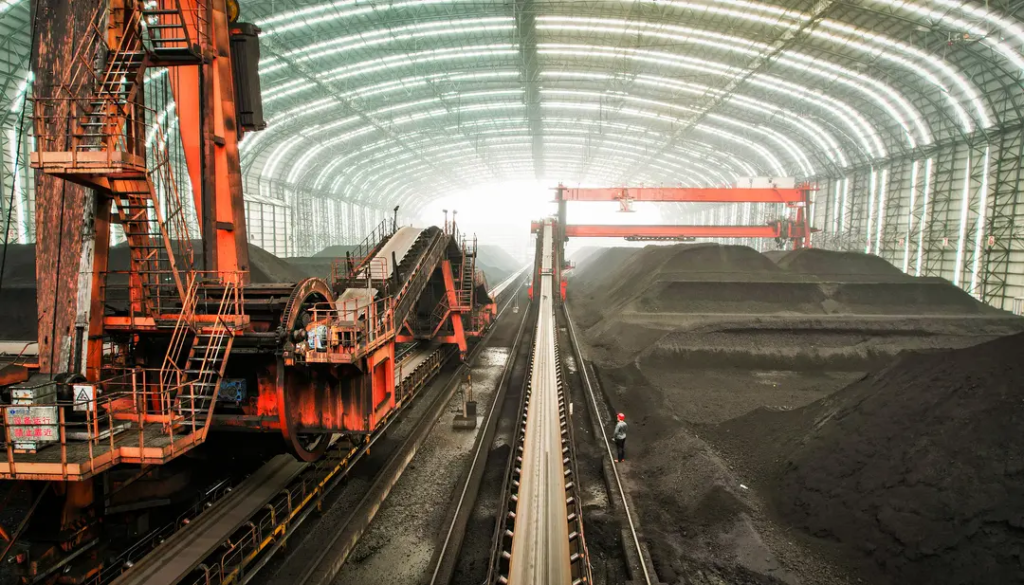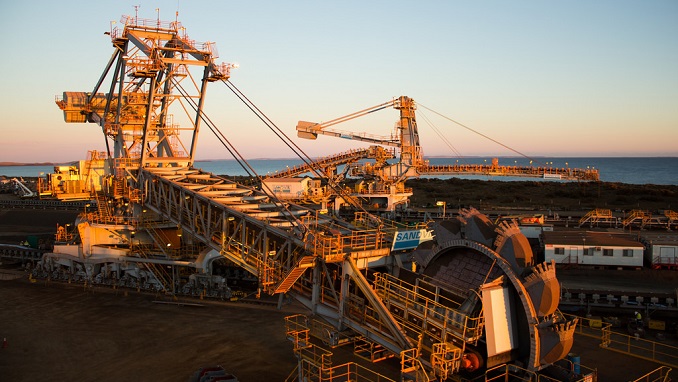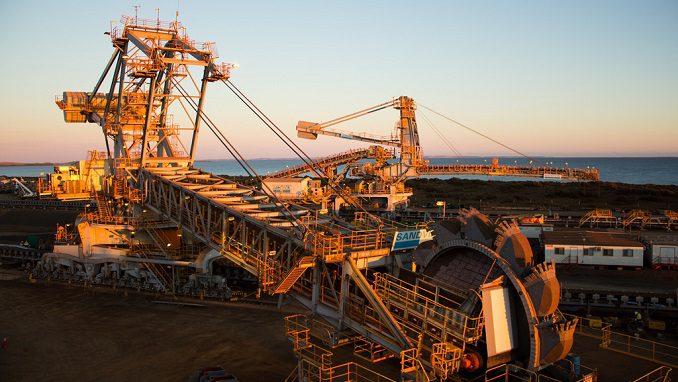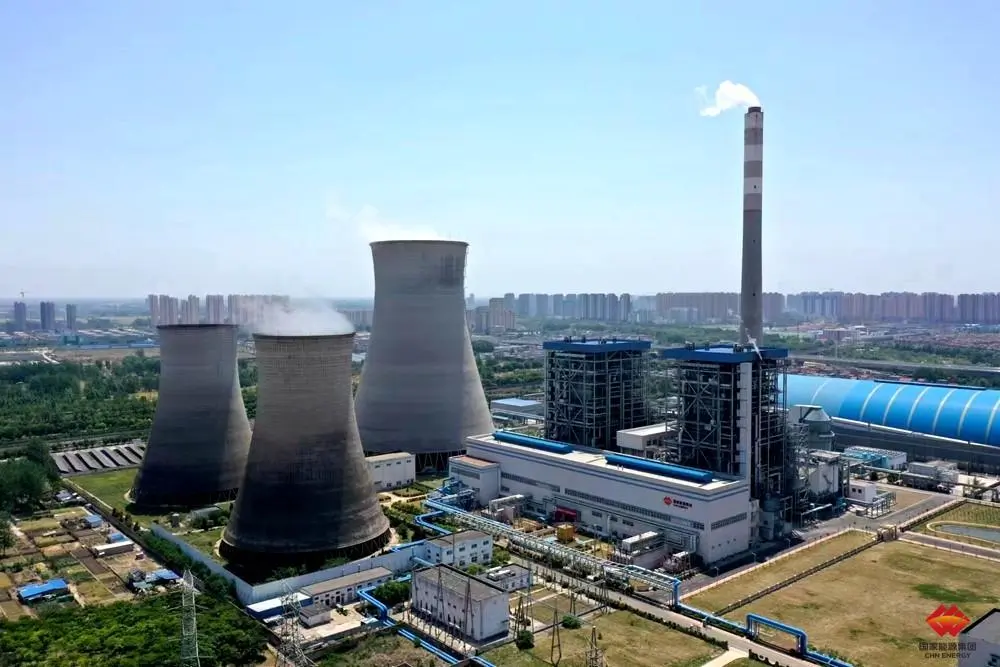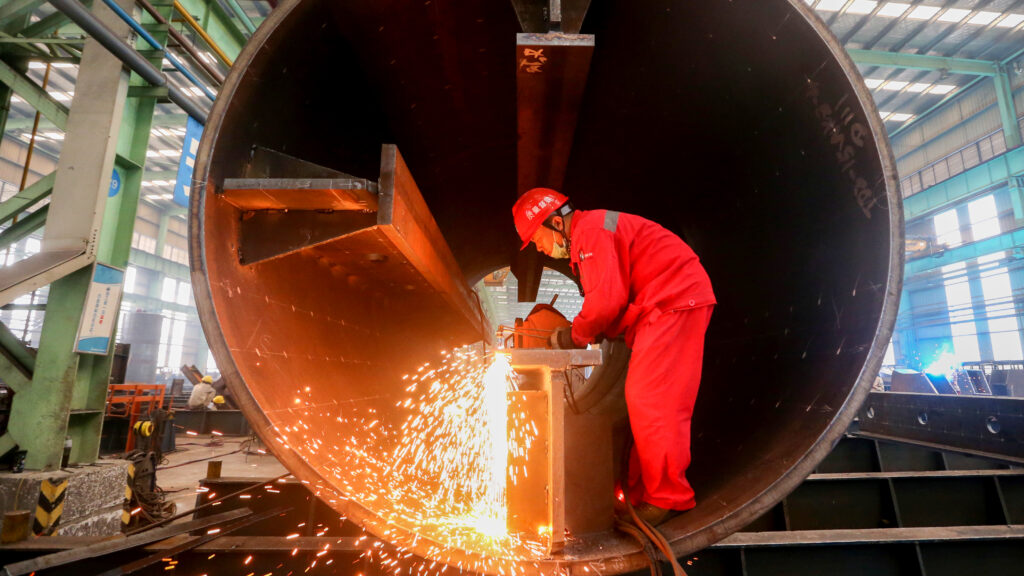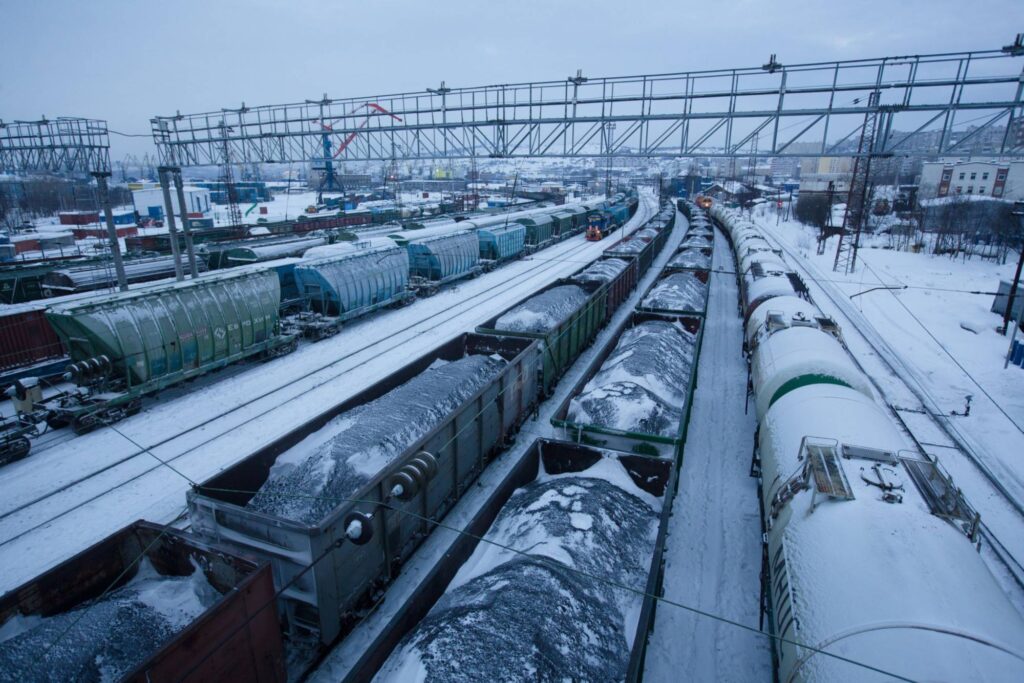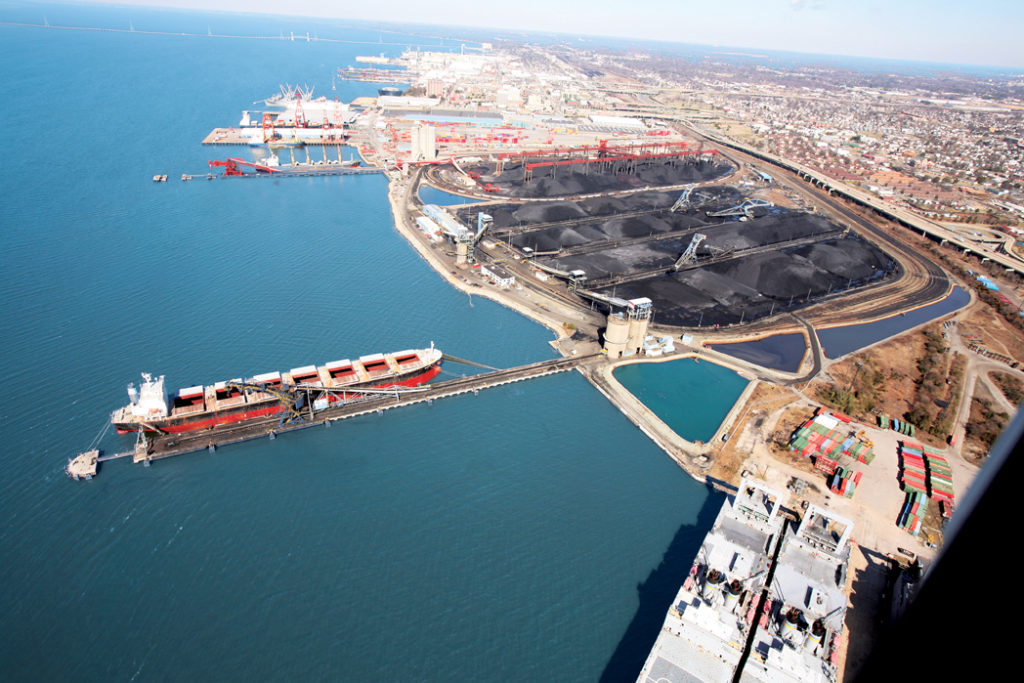A record-high thermal coal imports by China in 2023, attributed to rebounding demand after the COVID-19 pandemic, did not quite stir the markets since it was largely expected that an economy of such scale and population would not stop any time soon as far as energy needs are concerned. But what did occur to many was the stark reversal of the long-standing fundamental market belief that seaborne coal prices rise when China buys, and sellers concede when the latter stays away from the buying business.
While China imported 474 million mt coal in 2023, of which over 350 million mt was thermal coal, both record highs, extreme volatility was not a cause of concern for market participants, and industry observers reckon that a lot has to do with the pattern with which the country buys. And rightly so, when Platts-assessed price of FOB Kalimantan 4,200 kcal/kg GAR thermal coal, the most liquid grade of coal in Asia, averaged about $80/mt in January-February 2023, China’s thermal coal imports averaged 23 million mt/month. Over the next few months, imports averaged over 30 million mt when prices started falling below $70/mt, to below $60/mt, and gradually hitting $50/mt levels in August, when imports were highest at around 35 million mt.
Arguably, that’s what every importer would do, which is buy when prices are lower, but analysts, traders and sellers believe for the world’s largest coal importer it’s a matter of choice rather than necessity, herculean negotiating competency and a lofty perch to offer consumption security.
“Chinese approach is simple, be present in the market but do not sign deals when prices show even a remote tendency of rising. Instead, pull out completely and wait for sellers to cut offers, which they do or else excess supply will any way damage the market fundamentals,” said an executive from a large Singapore-based trading house that supplies to China.
For a large part of H2 2023, Indonesian thermal coal prices remained rangebound, even when China was buying aggressively every month in upwards of 32 million mt. But imports fell to 28 million mt in October when FOB Kalimantan 4,200 kcal/kg GAR crossed the average $60/mt mark and 5,000 kcal/kg GAR hit $80/mt FOB.
Multiple market participants S&P Global Commodity Insights spoke to said over 100 Chinese delegates were stationed in Indonesia during end-September and October negotiating with the miners, but spot deals were few and far between. “It’s only when offers got lower and supply sentiment was getting better, there was an actual influx of trades,” an Indonesia-based miner said, adding since China offers demand security, eventually sellers give in on their preferred prices.
Certainly, domestic production of over 4.6 billion mt (2023), which is approximately over 12.5 million mt/day, gives an edge to China — that relies on coal to generate two-thirds of its power. Sources say that’s what allows the country’s buyers to wait and watch, that’s what makes calling shots in signing deals easy, and that’s why there’s dependency factor of the seaborne coal market on China.
Chinese economy constraints, Australian support
China’s shakier economic growth recovery in 2023, weak business and consumer confidence, and heightened property market crisis meant mounting pressure on lowering import bills, sources said. “While macroeconomic conditions didn’t favour buying at higher price, energy needs were still a priority on condition that deals are made at cheaper values,” a Singapore-based trader-cum-analyst of China market said. China registered a 5.2% GDP growth in 2023, data from the National Bureau of Statistics showed, in line with the target but much slower than strong expectations of post-COVID recovery. Indicators of property sector like new home prices and sales dropped to multi-year lows.
“It’s right that Asian coal prices did not fluctuate enough despite heavy Chinese lifting, but it’s also true that prices did not crash because China was buying. Had China been completely away, miners would have probably controlled production or sold in minimal margins”, Pranay Shukla, Director, Head of Dry Bulk Freight & Commodities Research at S&P Global said.
Meanwhile, over 50 million mt export support from Australia in 2023, after China in February removed its unofficial ban on the former added a major chunk to total coal imports. Still, sources believe there was little room for price negotiation as the two countries look to restore trade ties.
“Australia had already found other markets since mid-2020 when China stopped buying, so there was no real desperation to sell after the ban ended as Australian export volumes were largely covered,” a trader of Newcastle 5,500 kcal/kg NAR said.

Approach to watch in 2024
A reinstatement of the import tariffs by China from Jan. 1, means thermal coal from non-FTA countries will be subject to a 6% tariff. While Indonesian and Australian coal have FTA in place, it will likely impact fuel from Russia and the Atlantic like the US and Colombia. The forecast has it that normal weather conditions in 2024 will drive hydropower generation by 2%-5%, and this may come at the expense of thermal coal, while higher built-up stocks in 2023 will also take some time to normalize.
“In addition, weakness in the property sector could continue keeping coal demand in the construction sector muted”, analysts at S&P Global said, adding these bearish factors could potentially drive down imports by 10%-20% in 2024.

